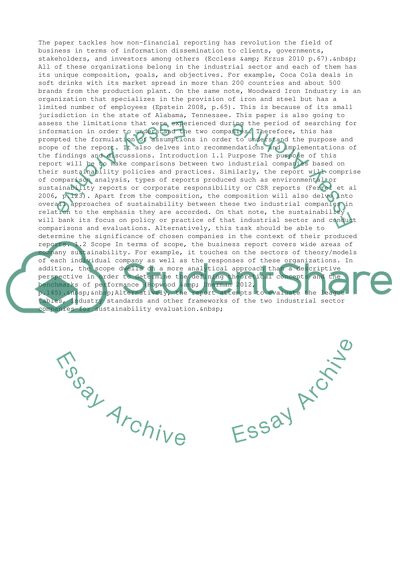Cite this document
(“The difference of corporate sustainability between two companies Essay”, n.d.)
The difference of corporate sustainability between two companies Essay. Retrieved from https://studentshare.org/business/1400569-business-sustainability
The difference of corporate sustainability between two companies Essay. Retrieved from https://studentshare.org/business/1400569-business-sustainability
(The Difference of Corporate Sustainability Between Two Companies Essay)
The Difference of Corporate Sustainability Between Two Companies Essay. https://studentshare.org/business/1400569-business-sustainability.
The Difference of Corporate Sustainability Between Two Companies Essay. https://studentshare.org/business/1400569-business-sustainability.
“The Difference of Corporate Sustainability Between Two Companies Essay”, n.d. https://studentshare.org/business/1400569-business-sustainability.


